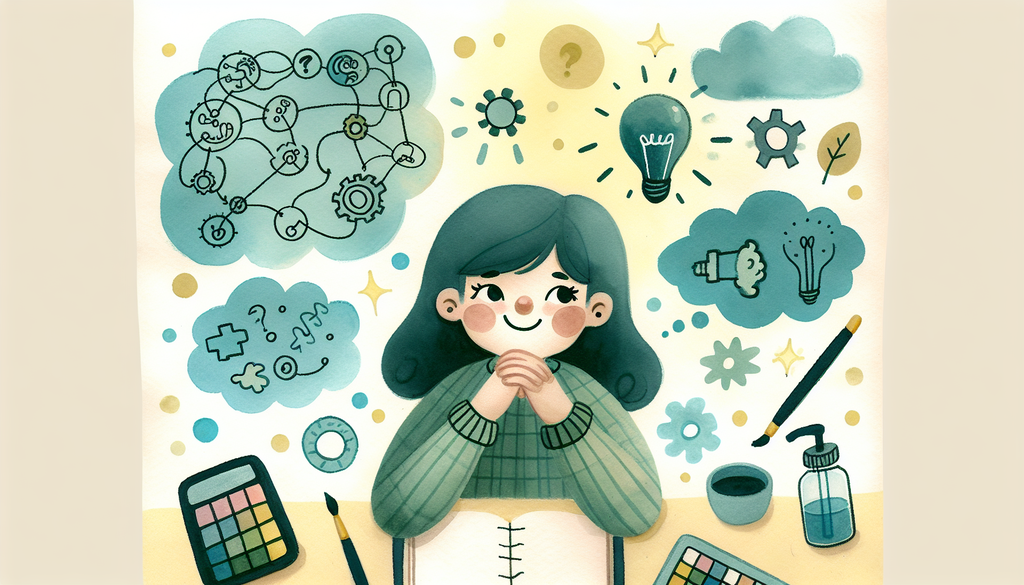Mind Mapping for Complex Thinkers: A Tool for Gifted Learners

As parents and caregivers, we are always on the lookout for new strategies to enhance the learning experiences of our children. This is especially important when it comes to children identified as gifted learners, who often think and process information in complex and unique ways. One particular tool that can significantly aid these exceptionally capable young minds is mind mapping.
Mind mapping is a visual tool that helps to organize and understand complex ideas. It lays out thoughts and concepts in a structured format, enabling deeper comprehension and better retention of information.
What Is Mind Mapping?
Mind mapping is a technique that utilizes diagrams to visually represent and explore complex concepts, ideas, and information. It often involves branching “nodes” of related ideas stemming from a central concept – almost like a graphical rendition of brainstorming.
This tool is well-suited to gifted learners, who often demonstrate unique characteristics of thought and cognition, like high-speed ideation and interconnecting patterns of thought. Mind mapping accommodates these tendencies, allowing them to diagram their thought processes, connecting related concepts, and investigating topics in a nonlinear, creative manner
The Benefits of Mind Mapping for Gifted Learners
-
Promotes Nonlinear Thinking: Mind maps allow gifted children to explore multiple aspects and dimensions of a topic simultaneously. This style is more aligned with their innate thought processes, unlike linear note-taking.
-
Fosters Creativity: Mind mapping doesn’t limit learners to textual information. It encourages the use of color, symbols, images, and spatial arrangements, activating different aspects of their intellect and fostering creative expression.
-
Encourages Connection-Building: As they navigate through their mind maps, gifted learners can uncover connections between ideas that might not be immediately apparent.
-
Improves Memory Retention: The act of creating visual representations of concepts can reinforce learning and improve memory retention, ensuring a deeper understanding of the material.
If you are curious about other techniques that can benefit your gifted child, check out our blog on fostering an inventive and creative mindset in children here.
Making Mind Maps: A Step-by-Step Guide
Creating a mind map can be an enjoyable and enlightening process. Here’s how to get started:
-
Start with a Central Idea: The central idea is the main topic or question that the mind map will revolve around.
-
Branch Out: From the central idea, draw lines outwards. Each line represents a different related subtopic or idea.
-
Grow Your Map: From each subtopic, continue to add branches for related ideas, themes, or concepts.
-
Add Images and Colors: To increase the visual impact, encourage your child to use drawings, symbols, and colors.
-
Adapt and Evolve: The beauty of mind mapping is its flexibility. Your child can adapt and evolve the map as their understanding of the subject grows.
Remember that, like any other tool, mind mapping must be adapted to your child’s unique needs and preferences. If your child shows a keen interest in the arts, consider exploring our post about creating artistic spaces for gifted young artists here.
Mind mapping is a dynamic and adaptable tool that can transform the learning process for gifted students. As it corresponds well with their complex thinking patterns, it encourages a more profound level of engagement with concepts and fosters their innate passion for learning. With this innovative tool, you can help your child explore their academic abilities to their fullest potential, igniting their creativity and preparing them for a lifelong love of learning.